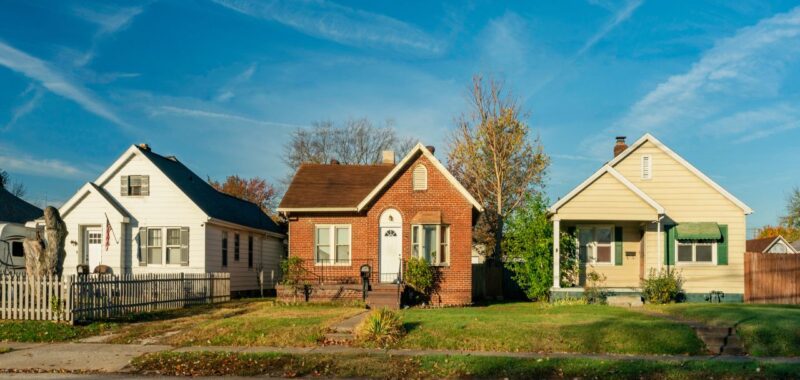Much like what is happening in Australia, middle-class homeowners in the US are increasingly facing a financial squeeze due to rising housing costs, a trend that has accelerated over the past decade.
Nearly 30% of middle-income homebuyers spent more than 30% of their income on housing in a significant increase from a decade earlier.
This “cost-burdened group”, identified by a common benchmark used by the Census Bureau and the Department of Housing and Urban Development, faces financial strain as housing-related expenses eat up larger portions of their budgets, leaving less room for essentials like groceries, savings, and emergency funds.
Experts point to several factors driving this trend. Daniel McCue, a senior research associate at Harvard University’s Joint Center for Housing Studies, explained to NBC that the sharp rise in home prices, coupled with increasing property taxes and insurance premiums, has created mounting pressure for homeowners. While median household incomes have risen by 50% over the past decade, these gains haven’t kept pace with the cost of owning a home. This gap is most acutely felt in households earning less than $30,000 a year, where a staggering 95% of older adults face cost burdens related to housing.
More than 30% of US counties now have cost-burdened households, where median-income buyers face difficulty affording median-priced homes.
In 2022, middle-class buyers accounted for just under 50% of new home purchases, a drop from 60% in 2010. As housing costs soar, many middle-class families are being priced out of the market, while wealthier households and cash buyers snap up properties, further exacerbating inequality in homeownership.
Beyond immediate financial strain, housing affordability challenges also contribute to a decline in housing quality. Mr McCue notes that cost-burdened homeowners often struggle to keep up with maintenance, leading to unsafe or unhealthy living conditions. It’s estimated that the national housing stock requires nearly $150 billion in repairs, a figure expected to grow as more homeowners fall behind on maintenance due to rising costs.
This situation has particularly impacted lower-income households, as well as minority groups such as Black, Hispanic, and Native American families, who are disproportionately affected by housing cost burdens. With high housing expenses, these groups face greater challenges in building wealth, perpetuating income inequality.
As interest rates remain high and housing costs continue to rise, more Americans find themselves balancing on the edge of financial insecurity. Without significant changes in housing affordability, middle-class homeownership may continue to shrink, leaving many families struggling to keep a roof over their heads.

